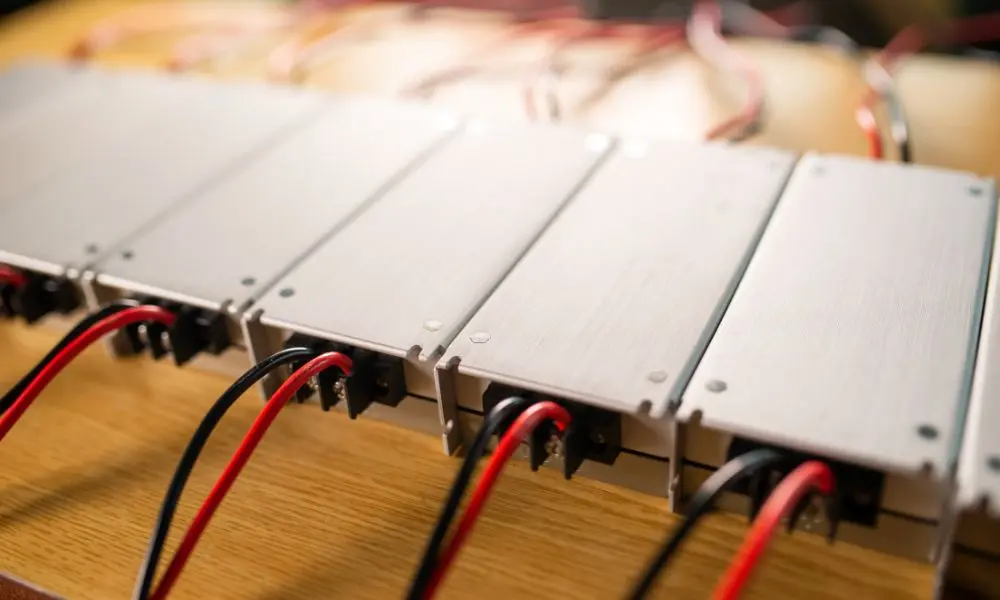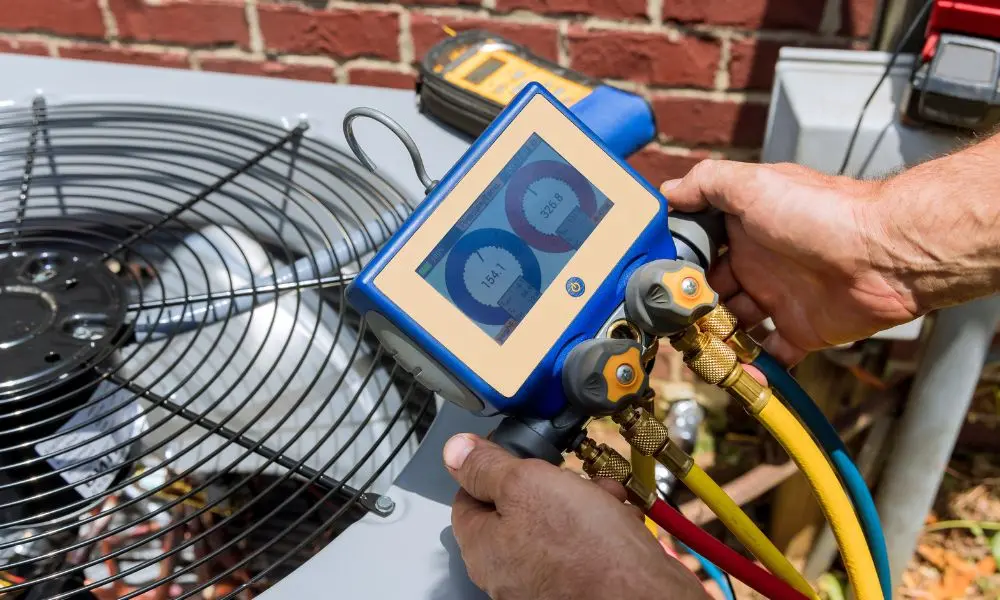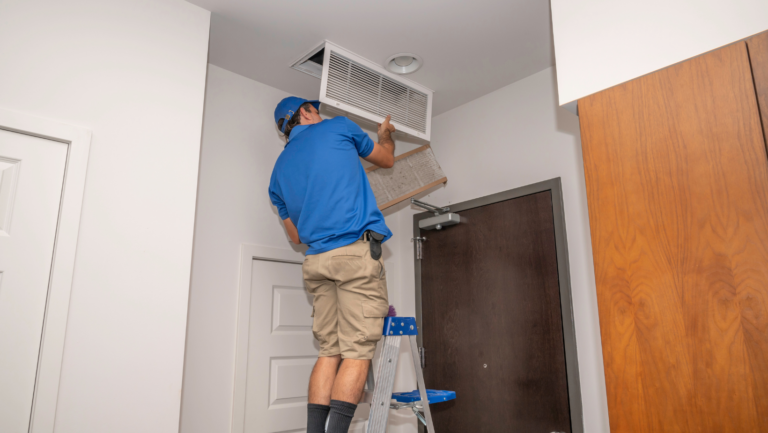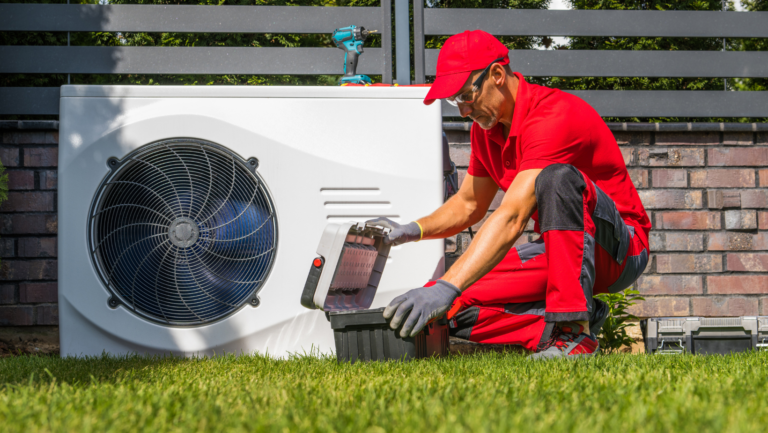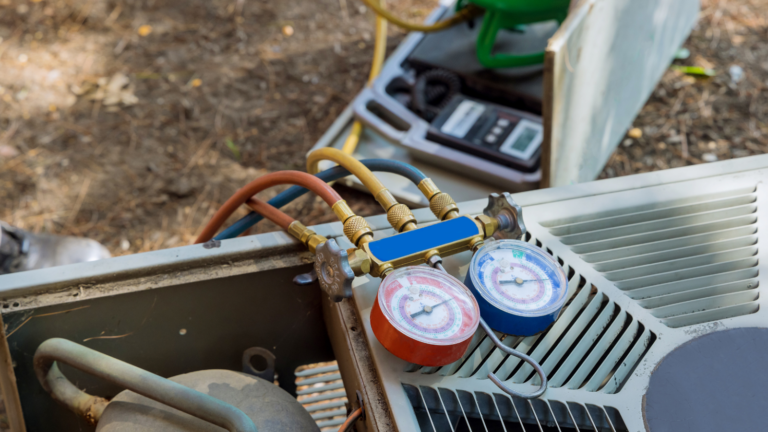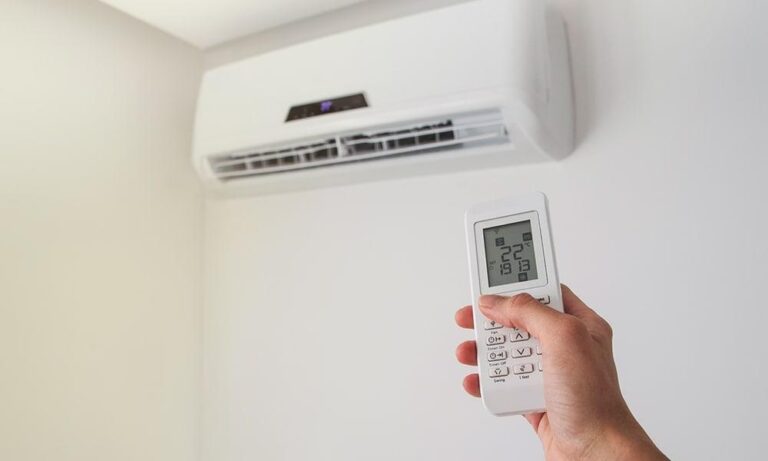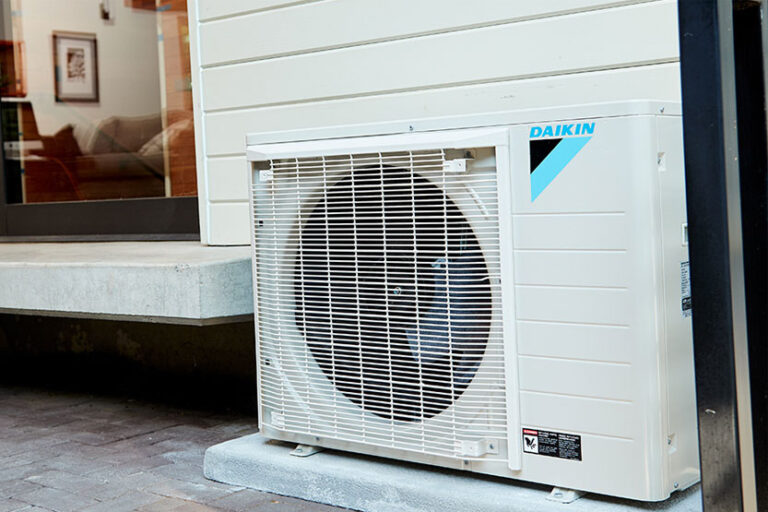The Crucial Role of Capacitors in HVAC Systems
What keeps a HVAC system running smoothly is all about the components working together. HVAC systems rely on key parts like compressors, fans, thermostats, filters, and capacitors. Each part has a specific job to ensure the system runs efficiently.
Efficient HVAC functioning is essential for maintaining comfort and air quality indoors. When all components perform well, the system can regulate temperature, enhance air quality, and save energy. Capacitors are essential for starting and running motors and fans, making them vital for the overall performance and longevity of your HVAC system. They also play a key role in the cooling cycle, ensuring that the system maintains the desired temperature effectively.
Fundamentals of Capacitors
Capacitors are essential components in many electrical systems, including an air conditioning system. But what does a capacitor do in HVAC? Simply put, a capacitor stores and releases electrical energy, helping to start and run the motors and fans. Capacitors maintain a consistent flow of electricity to ensure smooth and efficient operation of HVAC systems.
Types of Capacitors Used in HVAC
HVAC systems utilize two main types of capacitors: start capacitors and run capacitors. Start capacitors provide the necessary energy boost to start the HVAC system’s motor. They are used for a short period when the motor starts and are then disengaged from the circuit.
Run capacitors, on the other hand, remain in the circuit while the motor is running. They help maintain a steady flow of electrical current, ensuring the motor continues to operate efficiently and without interruptions. Some systems use a dual capacitor, which combines both start and run functions into a single unit for convenience and efficiency.
How Capacitors Work in Electrical Circuits
Capacitors function by storing electrical energy in an electric field that is created between two conductive plates separated by an insulating material. When an electrical circuit is connected, the capacitor charges and discharges energy, providing a consistent and stable power supply to the motor. This function is essential because it ensures the optimal performance and longevity of the system‘s components by maintaining a reliable flow of electricity.
Capacitors in HVAC Systems: The Basics
Understanding how AC capacitors are used can aid in maintenance and troubleshooting. You’ll often find them in the condenser unit outside or near the blower motor inside. A properly functioning capacitor compensates for any electrical fluctuations, ensuring that the HVAC system operates smoothly and efficiently.
Capacitor Sizes and Ratings
Capacitors come in various sizes and ratings to meet the specific needs of the HVAC system. These specifications ensure the motor receives the correct amount of energy to start and run smoothly.
Microfarads (μF) and Voltage Ratings
Microfarads measure the capacitor’s storage capacity, while the voltage rating indicates the maximum voltage the capacitor can handle. Selecting the right microfarad and voltage rating is essential for the capacitor’s performance and overall efficiency.
Capacitor Construction and Materials
Capacitors are constructed using two conductive plates separated by an insulating material called a dielectric. Depending on the capacitor type, common dielectric materials include ceramic, plastic, or electrolyte. This determines the capacitor’s durability, efficiency, and suitability for specific applications within the HVAC system.
The Significance of Capacitors in HVAC Operations
Capacitors provide the electrical surge needed to start the motor, ensuring a reliable and efficient operation. They also help maintain a steady current, essential for preventing overheating and reducing energy consumption. This improves the energy efficiency of the air conditioning unit, resulting in lower operational costs. Additionally, capacitors contribute to controlling motor speed, directly impacting the system’s ability to regulate temperature and airflow.
Common Capacitor Problems in HVAC Systems
When an air conditioner capacitor begins to fail, you might notice several symptoms. These can include the HVAC system not starting, a noticeable humming noise, the system turning off intermittently, or the fan not running as it should. If you observe any of these issues, it could be a sign that the capacitor needs attention.
Causes of Capacitor Malfunctions
There are several reasons why capacitors can malfunction in HVAC systems:
- Overheating – Excessive heat is a common cause of capacitor failure. High temperatures can break down the dielectric material inside the capacitor, leading to a loss of functionality.
- Age Degradation – Over time, capacitors naturally degrade. The materials inside them can wear out, reducing their ability to store and release electrical energy effectively.
- Voltage Spikes – Sudden spikes in voltage can also damage capacitors. These spikes can occur due to lightning strikes, power surges, or other electrical anomalies, causing immediate or gradual damage to the capacitor.
Effects of Faulty Capacitors on HVAC Performance
A faulty capacitor can have a significant impact on the performance of your HVAC system. It can lead to inefficient motor operation or even prevent the motors from starting, resulting in increased energy consumption and decreased system efficiency. In more serious scenarios, it can also cause damage to other electrical components within the system, leading to costly repairs. Therefore, it’s essential to ensure that capacitors are in good condition to maintain the overall health and efficiency of your HVAC system.
Capacitor Testing and Diagnosis
Regular testing and diagnosis of capacitors are essential to ensure your HVAC system runs smoothly. Start with a visual inspection of the capacitor and circuit board. Look for any visible signs of damage, such as bulging, leaking, or corroded terminals. These signs often indicate a failed capacitor and need to be replaced.
Using Multimeters for Capacitor Testing
To test an AC capacitor, you can use a multimeter. Set the multimeter to the capacitance setting, disconnect the capacitor from the AC unit, and discharge it. Attach the multimeter probes to the capacitor terminals to measure their capacitance. Compare the reading with the capacitor’s rated capacitance value. If the reading is significantly lower, the capacitor is likely faulty and should be replaced.
Capacitor Replacement Considerations
When replacing a capacitor, ensure you choose the correct type and rating for your AC unit. Consider both the microfarad (μF) rating and the voltage rating to match the original specifications. Using an incorrect capacitor can lead to poor performance or damage to the system. Always prioritize safety by turning off the power and properly discharging the capacitor before replacement. If you’re unsure about the process, it’s best to consult a licensed HVAC technician to avoid potential hazards and ensure proper installation.
Capacitor Maintenance Practices
Start with regular inspections to look for signs of wear and tear, such as bulging, leaking, or corrosion. Check the capacitor connections to ensure they are secure. Loose connections can lead to malfunctions, so tightening them is essential. Keep the area around your capacitors free of dust and dirt to prevent overheating. Accumulated debris can affect the capacitor’s performance. While some maintenance tasks can be done by homeowners, professional maintenance services are invaluable. Licensed HVAC technicians can perform detailed inspections, precise testing, and thorough cleaning.
Capacitor Replacement Procedures
Replacing air conditioner capacitors can be approached in two ways: DIY or professional replacement. DIY replacement might seem cost-effective, but it requires a good understanding of electrical components and safety procedures. Professional replacement by an HVAC technician ensures that the job is done correctly and safely, minimizing the risk of damage to your system.
Steps for Safe Discharge of Capacitors
Before removing a capacitor, it’s important to discharge any stored electrical energy to prevent shock. To safely discharge a capacitor, use a resistor or a capacitor discharge tool. Attach the tool across the terminals of the capacitor, holding it there for a few seconds to ensure the energy is released. Once discharged, you can safely remove and replace the capacitor. Always handle capacitors carefully and follow all manufacturer guidelines for the disposal of old components.
Cost Considerations in Capacitor Replacement
When replacing a capacitor in your HVAC system, several factors can affect the cost. These include the type and rating of the capacitor, labor charges, and whether you choose a DIY approach or professional service. On average, the cost for capacitor replacement can range from $60 to $200, depending on these variables. It’s important to consider that timely replacement of a faulty capacitor can prevent further damage and potentially save you from more expensive repairs down the line. Investing in regular maintenance and prompt capacitor replacement ensures the system runs efficiently, ultimately reducing long-term operational costs.
Summary of Capacitors’ Role in HVAC Systems
Capacitors are essential for starting and running motors, ensuring smooth and efficient operation. They provide the necessary energy boost and maintain a steady current. Properly functioning capacitors enhance energy efficiency, reduce operational costs, and prevent overheating and damage to other components. Regular maintenance and timely replacement are essential to keep your HVAC system running optimally.
By understanding and addressing capacitor issues, you can significantly improve overall efficiency and reliability. Regularly inspecting and maintaining capacitors will save you time and money in the long run, ensuring consistent comfort and performance.

